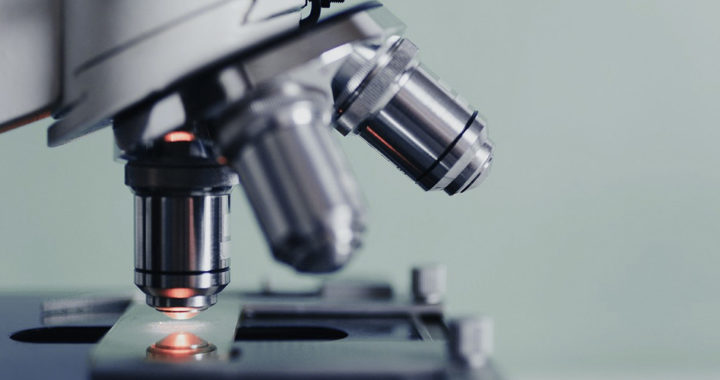There are three known types of non-living pathogens or infectious agents that affect living organisms. Of course, viral infections are frequently heard alongside bacterial and fungal infections. However, two other types of non-living organic agents also affect living organisms. These are viroids and prions.
What are Viroids and Prions? What is the Difference Between Viruses, Viroids, and Prions?
Note that opinions differ on whether viruses are a form of life or simple organic structures that interact with living organisms. Some describe them as organisms on the edge of life because they still have genetic materials, can reproduce multiple copies of themselves through self-assembly, and evolve by natural selection.
However, they lack some of the major hallmarks of living organisms. For example, they depend on infecting a host to reproduce and survive. They also cannot evolve on their own. Furthermore, they lack any form of energy production or metabolism.
The aforementioned are the key characteristics of viruses. Understanding them is important in understanding the similarities and differences between viruses, viroids, and prions. Nonetheless, the subsequent pointers compare viruses against viroids and prions, respectively.
Virus vs. Viroids: Similarities and Differences
Both are infectious agents made of genetic material. Similar to a virus, a viroid lacks energy and metabolic mechanisms. It also depends on a host to replicate and evolve. Below are the key differences viroids from viruses:
• Viroids are made of RNA. They do not code for any protein. On the other hand, viruses can either be based on RNA or DNA.
• They can be as small as 10 nanometers and can range between 246 to 467 nucleobases. The smallest known viruses are around 2000 nucleobases long.
• Viruses are genetic material encased in a protein coating called a capsid. Viroids do not have one. They are essentially naked strands of genetic materials.
• A key difference between the two is that viroids are inhabitants of higher plants, thus infecting only plant life. Viruses infect all life forms.
• Remember that they do not code for proteins. However, they contain RNA structural elements that enable them to use the plant host machinery for replication.
• Their interaction with host cells also results in circumvention of defense response and alteration of plant genes.
Virus vs. Prions: Similarities and Differences
If viruses are genetic material strands made of either an RNA or DNA enclosed within a capsid, and if viroids are naked RNA strands, prions are simply infectious protein molecules that do not contain DNA or RNA. Below are the characteristics of prions:
• They are an abnormal form of usually harmless proteins. They can cause neighboring proteins to bend out of shape themselves.
• Note that prions are also described as misfolded proteins. It is still unknown what causes normal proteins to misfold.
• Prions do not reproduce through replication, unlike viruses, viroids, and living organisms. They simply make normal proteins like themselves.
• The word “prion” devise from “proteinaceous infectious particle.” Misfolded proteins form abnormal aggregates called amyloids.
• Amyloids accumulate in prion-infected tissues. They are associated with cell death and tissue damage.
• They can cause neurodegenerative diseases. Once prions enter the brain, they force normal proteins to fold into abnormal shapes.
• Some diseases resulting from prion infections are bovine spongiform encephalopathy or mad cow disease and Creutzfeldt–Jakob disease in humans.
• Prions are resilient. They are resistant to heat, chemicals, and radiation. Prions from cows can infect humans, especially if they get into the food supply.
FURTHER READINGS AND REFERENCES
- Flores, R., Di Serio, F., and Hernández, C. 1997. “Viroids: The Noncoding Genomes.” Seminars in Virology. 8(1): 65-73. DOI: 1006/smvy.1997.0107
- Prusiner, S. B. 1991. “Molecular Biology of Prion Diseases.” Science. 252(5012): 1515-1522. DOI: 1126/science.1675487
- Tsagris, E. M., De Alba, A. E. M., Gozmanova, M., and Kalantidis, K. 2008. “Viroids.” Cellular Microbiology. 10(11): 2168-2179. DOI: 1111/j.1462-5822.2008.01231.x






